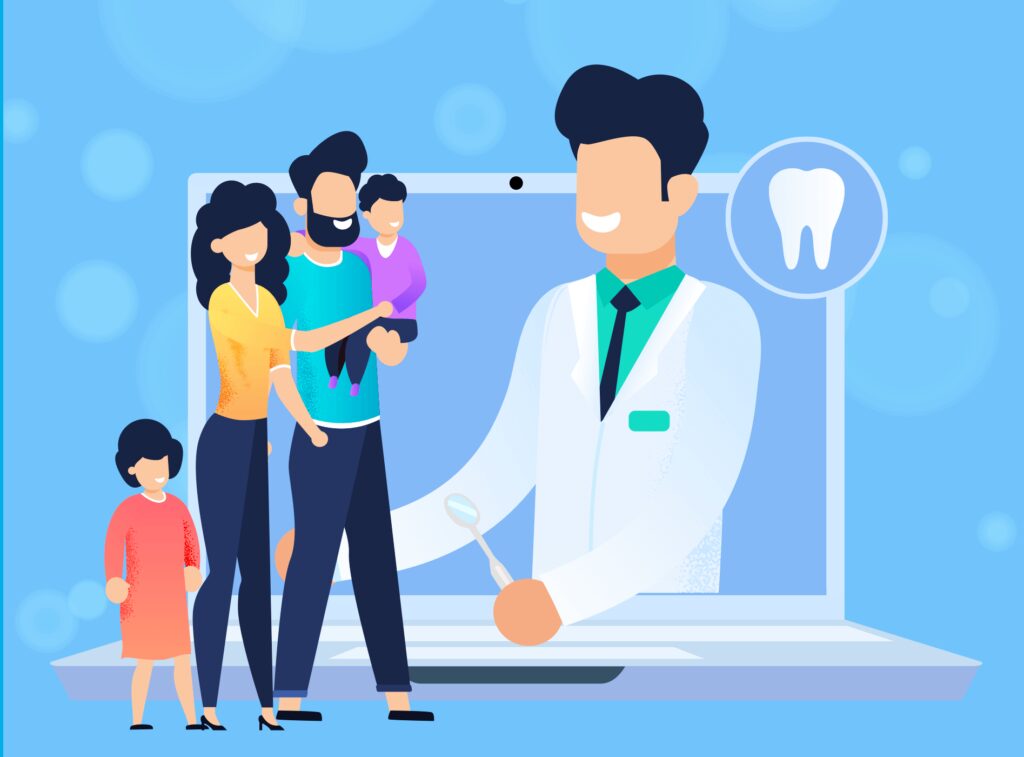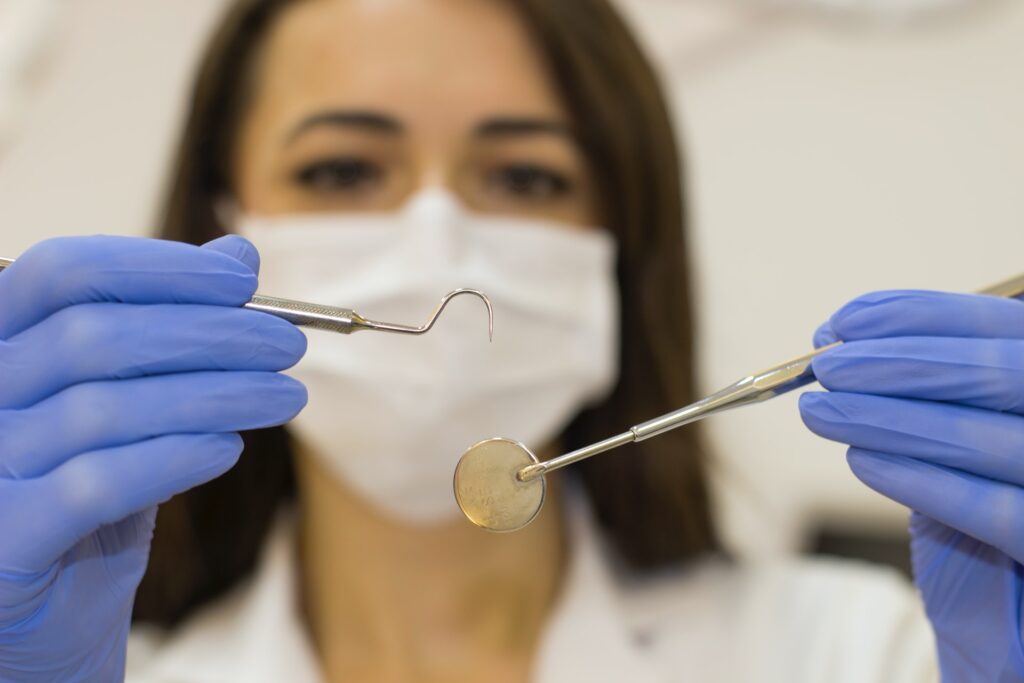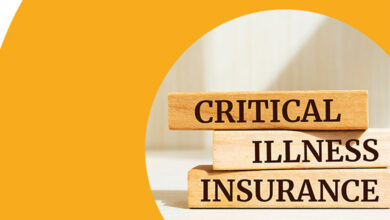How Does Teledentistry Work?

With rapid digitization, the world is witnessing constant changes in multiple sectors. Technological advancement also impacted the dental industry, resulting in the emergence of teledentistry. You may wonder what teledentistry is and how does it work? Check this article to know all.
Teledentistry: What is it?

Teledentistry is the introduction of virtual communication between the dentist or dental surgeon and the patient to proceed with treatment. With the advent of cloud-based dental software like tab32, dentists can now treat patients via text messages, video conferencing, online portals, and even their smartphones. These dental appointments can be scheduled anytime, anywhere. The world is rapidly adopting this way of dental treatment procedure, as who won’t like appointments at the comfort of their home, right?
Moreover, teledentistry can be helpful in urgent cases and save the time of the patient and the emergency staff. In the event of any unfortunate incident where the individual cannot make it to a physical appointment, teledentistry can be of great help without compromising on quality dental care. Although the future of teledentistry is not known, it will continue to offer excellent dental solutions for several upcoming years.
Teledentistry: How Does it Work?

In a virtual setting, the appointments can help to alter emergency room appointments and enhance the continuing pre-op, post-op, and primary oral health consultation. It means that dentists can use the virtual communication medium to prescribe medications like antibiotics or something else needed for emergencies or surgery until the patient can find a local dentist. Essentially, it helps promptly ensure reliable dental care.
Although patients can’t clean teeth or drill a cavity over virtual contact, teledentistry can be used to:
- Assess and determine the condition of the orthodontic dental appliance with the help of still photos or live video from the patient’s web camera.
- Enable patients in remote places to seek advice from dental specialists without any need to travel to the city.
- Enable a virtual intake appointment for the new individual who came up with their issues for the first time.
- Prescribe antibiotics or emergency medications for the pain to help patients with instant relief at work or somewhere outside.
- Supervise the work performance of a hygienist working somewhere like a school, nursing home, or even a prison.
- Provide financing options along with the treatment plans after an initial physical consultation or examination.
- Ensure advice on after-surgery routine and home care remedies to the patients.
- Advice dental treatments, including oral rinses or specific toothbrushes, while checking and evaluating the patient’s compliance and experience with the treatment.
Virtual Dentist Visit: How Does it Work?

Teledentistry involves the care and education of the patient in the following ways:
- Live Video: It is the most common form of teledentistry where the dentist and the patient undergo two-way, real-time virtual communication via online video conferencing technology. This type of live session is often carried out with the help of a questionnaire or a form where the patient needs to tell about their symptoms and medical history.
- Store-and-Forward Functioning: Transmission of dental records, X-rays, or other details to the dentist who further assesses the details and transmits back an evaluation or diagnosis. However, the dentist doesn’t send it back in real-time.
- Remote Patient Monitoring (RPM): With the emerging innovation in technology every day, dentists can now monitor their patients efficiently. They can remotely monitor their patient’s condition, such as monitoring the patient’s saliva pH level.
- Mobile Health: Today’s digitized world is all about technologically advanced mobile devices like laptops, tablets, smartphones, and personal digital assistants. These mobile devices play a key role in the functioning of public dental health practice and education. This branch of teledentistry comprises apps or software that monitors the patient’s at-home dental care routine.
Teledentistry: What Can it Diagnose?
The lack of thorough oral examination and proper evaluation of dental imaging reports like X-rays may limit the potential of how much a dentist can diagnose via teledentistry. However, a dentist can detect and evaluate multiple oral health concerns through teledentistry. These include:
- Damaged teeth
- Gum disease
- Tooth decay
- Worn-down enamel
- Gum recession
The dentist can use teledentistry for utilizing the images sent by the patients and evaluate the online documentation of the patient’s previous dental history and current oral health symptoms to determine a possible diagnosis. It’s almost similar to the process that several dentists follow and use in the dental clinic.
Teledentistry Appointment: What to Expect?

In a teledentistry appointment, the first step for the dentist is to understand the oral health symptoms of the patients, which they’re currently experiencing. These symptoms may include cosmetic concerns, gum pain and swelling, and toothaches.
The dentist will mostly ask the patient to send images of the affected area of the teeth either before or after the scheduled appointment. Then, they will evaluate the possible cause or reasons behind the symptoms.
Finally, the dentist will discuss the condition with the patient and tell them the approachable ways to deal with the issue. However, if the issue is an emergency, the dentist may recommend you to undergo an in-clinic treatment.
Teledentistry: When to Consider a Visit?
Any individual who is concerned about their oral health condition due to the occurrence of some unusual symptoms should consider a teledentistry visit. Whether they’re experiencing symptoms that affect the jawbone, gums, teeth, or other mouth areas, booking a teledentistry appointment will be good.
A teledentistry visit is also a good idea for individuals having good oral health but is due for their monthly routine dental checkup.
Final Thoughts
Ask the dental office or use software to book a virtual consultation with a dentist by setting up an appointment. With the advent of the latest technologies every day, there’s no doubt that teledentistry is the “future.” So, get your virtual meet appointment from the best cloud-based dental software today.




